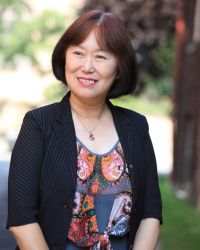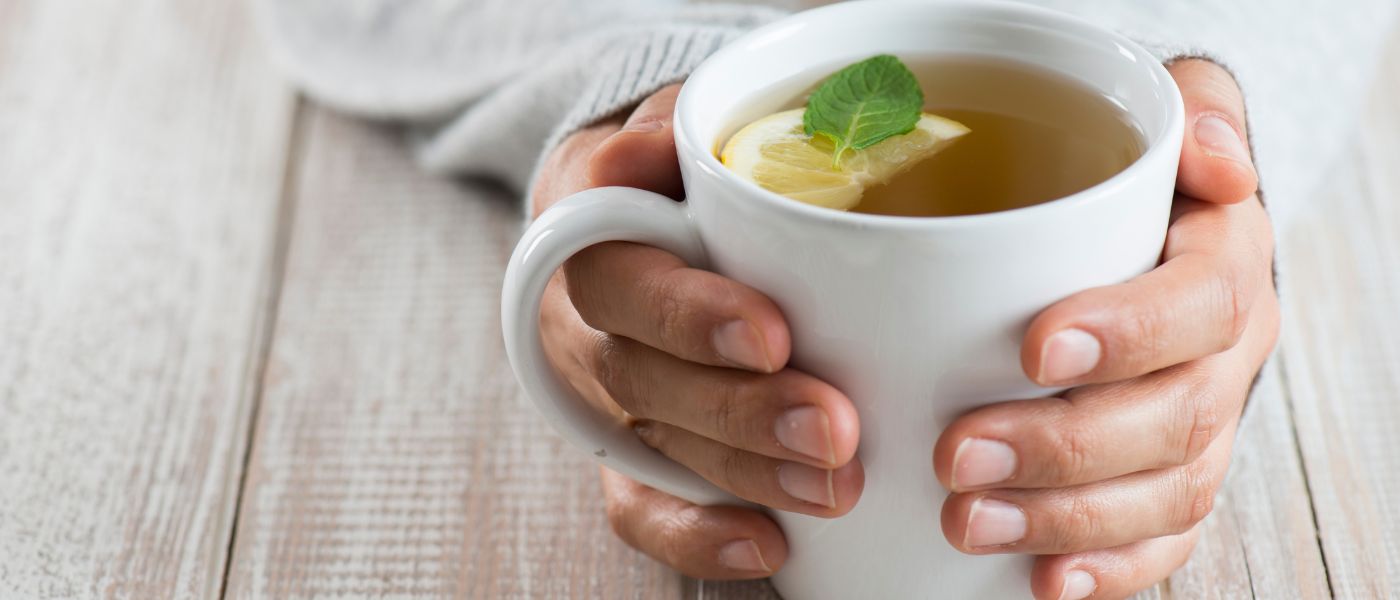Tea, with its diverse array of types and flavors, is often recognized for its host of health benefits, from supporting weight loss efforts and helping regulate blood sugar levels to reducing stress and anxiety and contributing to improved oral, heart and digestive health.

But while millions of tea drinkers around the world may be familiar with these benefits, the cultural impacts and associated customs and rituals of this classic beverage may not be as well known.
“As centuries passed, tea became a symbol of refinement and tradition, transcending borders and cultural differences,” noted Xin Zhang, a full-time lecturer of Chinese within Case Western Reserve University’s Department of Modern Languages and Literatures. “Today, it remains an integral part of global culture, offering not just a delightful drink but a shared experience that connects people from every corner of the world.”
In honor of National Hot Tea Day (Jan. 12), The Daily spoke with Zhang and Beth M. Carter, assistant professor of Japanese at the College of Arts and Sciences, for a deeper understanding of tea’s influence throughout China and Japan.
Whether you’re a tea enthusiast or a history buff interested in different cultural practices around the world, read on to learn their thoughts.
Answers have been edited for clarity and length.
1. The Han Dynasty (206 BCE–220 CE) marked the beginning of people boiling tea leaves for consumption.
During the Ming and Qing dynasties (1368-1912), there was a growing emphasis on the cultivation of tea trees and advancements in tea-processing technology. Simultaneously, tea sets took center stage in serving tea, becoming a highlight of the tea experience. People sought to discern tea quality by observing the beautiful shapes of tea leaves unfurling in the water, savoring a unique fusion of flavors between the tea and the diverse materials used in tea pots.
-Xin Zhang
2. In Chinese society, tea is the most used beverage and serves as a social medium.
When meeting someone, you can arrange to have tea or a meal together. Tea becomes the reason for friends to gather, and in business discussions, negotiations can take place over a cup of tea. Tea serves as a pleasant addition to negotiations, and sometimes, when resolving disputes, people gather for tea to chat and resolve conflicts. During holidays, tea is a commonly used gift to express gratitude.
-Zhang
3. In China, true tea enthusiasts prefer not to pair tea with any food, dessert, or snack, as they seek to savor the pure flavor of the tea.
These individuals go to great lengths to maintain the integrity of the tea’s taste, even rinsing their mouths and tea pots with water between two different types of tea to achieve the best gustation. However, in tea houses or when hosting guests, the host may offer fruits, cakes, cookies, and nuts to accompany the tea. Since it is not advisable to consume tea on an empty stomach, it is customary to enjoy tea after a meal.
-Zhang
4. There are specific tea etiquettes in Chinese culture.
For example, when drinking tea together, younger or lowest-ranking individuals serve the first cup of tea to the oldest or highest-ranking person. In tea culture, treating guests with cold tea is discourteous. When guests visit a home, it is customary to offer them a cup of hot tea first. And, when pouring tea, the cup should not be filled to the brim. If the cup is full of tea, it might be misunderstood as a sign that you do not want to entertain the guest.
-Zhang
5. The Japanese embraced and adapted the essence of Chinese tea culture, incorporating their own unique rituals and aesthetics.
The influence of Chinese tea traditions is evident in the Japanese tea ceremony (otherwise known as Sadō or Chanoyu). The Japanese tea ceremony emphasizes mindfulness, respect, and tranquility, which echoes the principles found in traditional Chinese tea culture. This cross-cultural exchange demonstrates the enduring impact Chinese tea culture has on neighboring regions and its ability to evolve within different cultural contexts.
-Zhang
6. It’s believed that tea was first introduced to Japan in the eighth or ninth century through intercontinental exchanges with Buddhist monks.

During this early period in Japan, tea was consumed for religious or medical purposes, mostly by aristocrats with access to information about its religious significance and healing properties. However, during the Heian period (794-1185), tea drinking lost favor among the elite class due to its foreign associations and a preference for Japanese-based products.
The traditional tea ceremony as we know it today has its roots in the Japanese Buddhist temples of the Kamakura (1185-1333) and Muromachi periods (1336-1392) and is widely believed to have reached its perfected form under Sen no Rikyū, a former tea master.
-Beth Carter
7. At this time, the Japanese tea ceremony became a socio-religious practice, favored by elite samurai.
The popularity of tea ceremony in the medieval period reflected the desire of those in the samurai class to appropriate aristocratic and Buddhist sensibilities in order to legitimize their claim to authoritative rule. Additionally, practicing tea ceremony intertwined with Confucian ideas of education and training, appealed to elite samurai sensibilities.
-Carter
If you’re interested in learning more about the origins of the tea ceremony or other traditional Japanese art forms, consider joining Carter’s spring 2024 course “Constructing the Samurai.”


